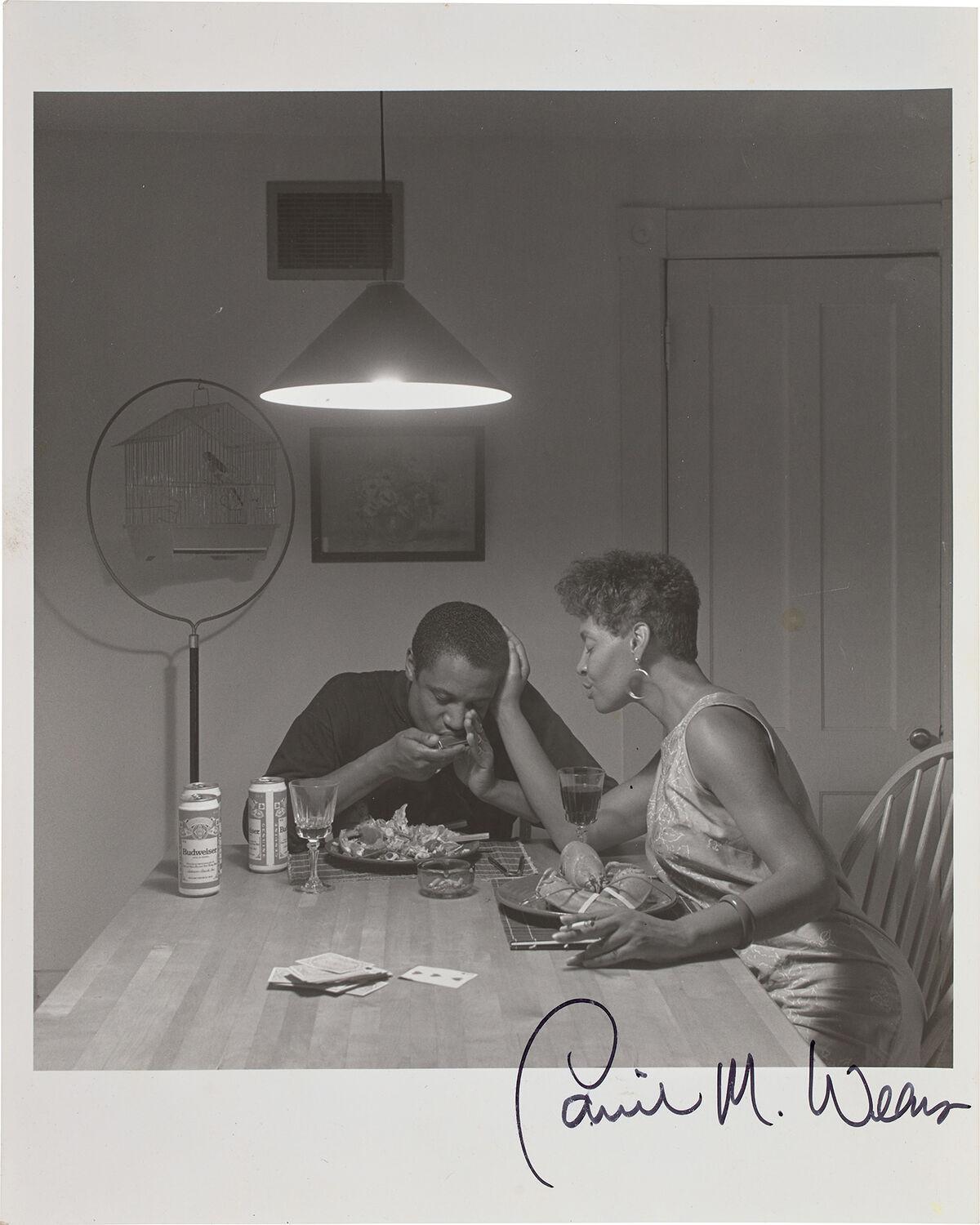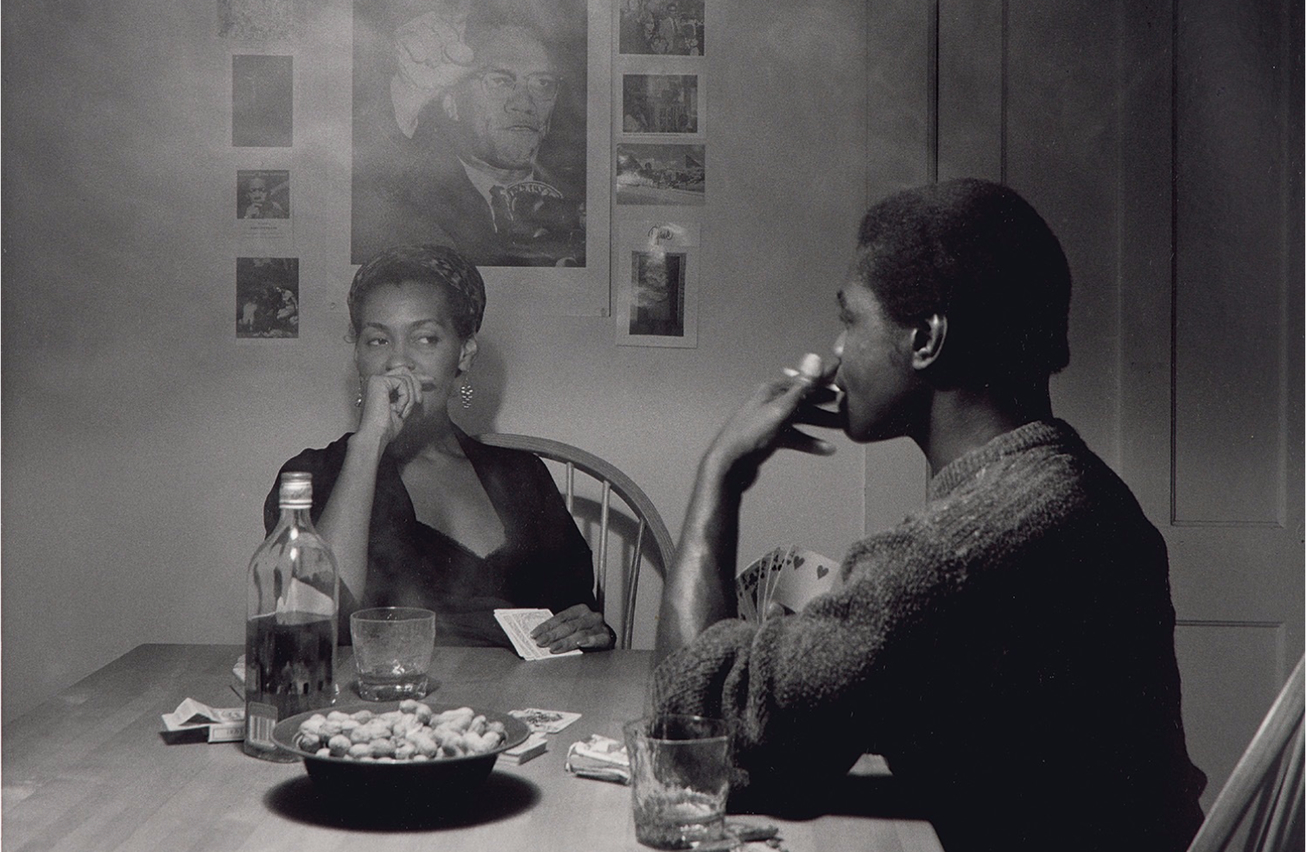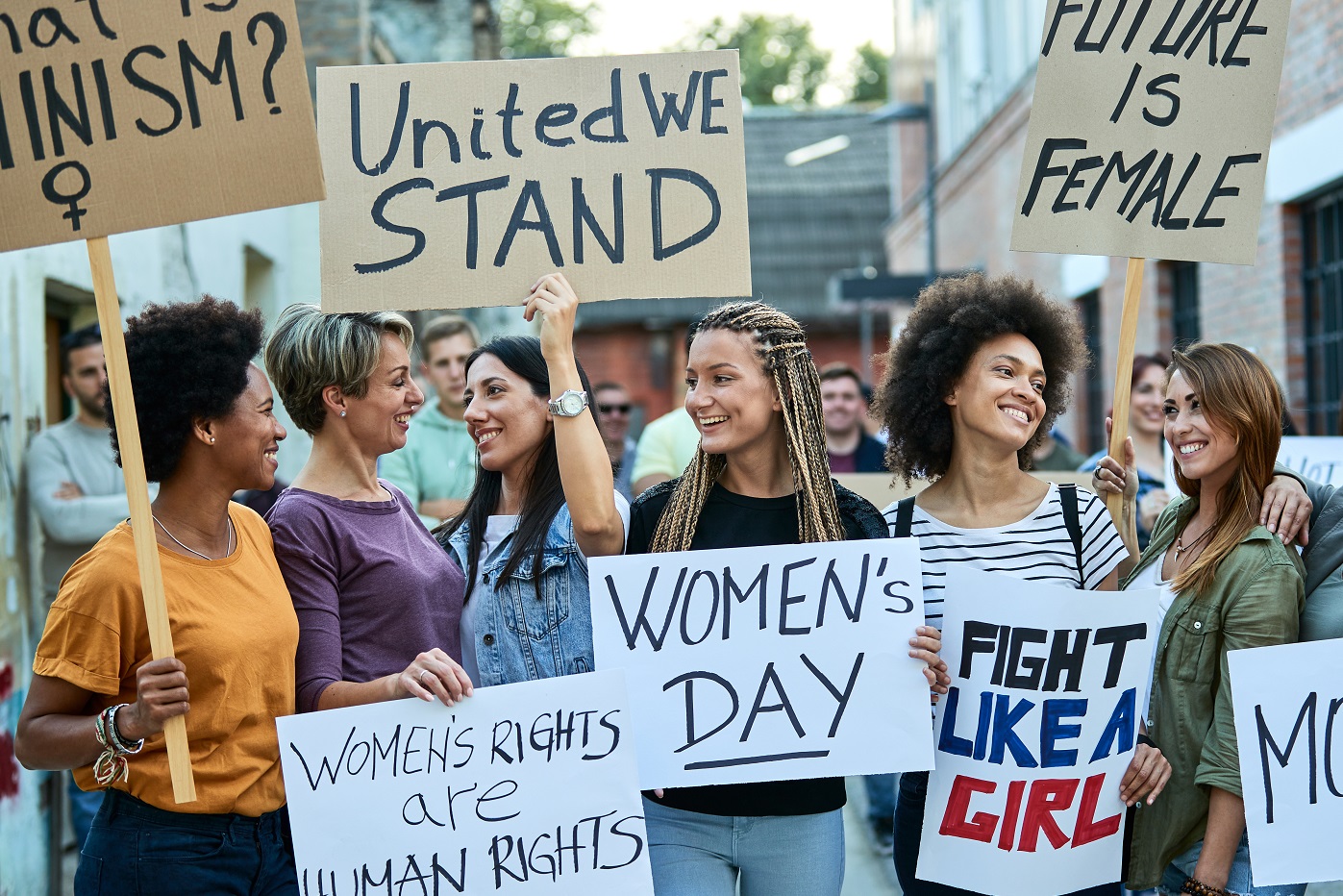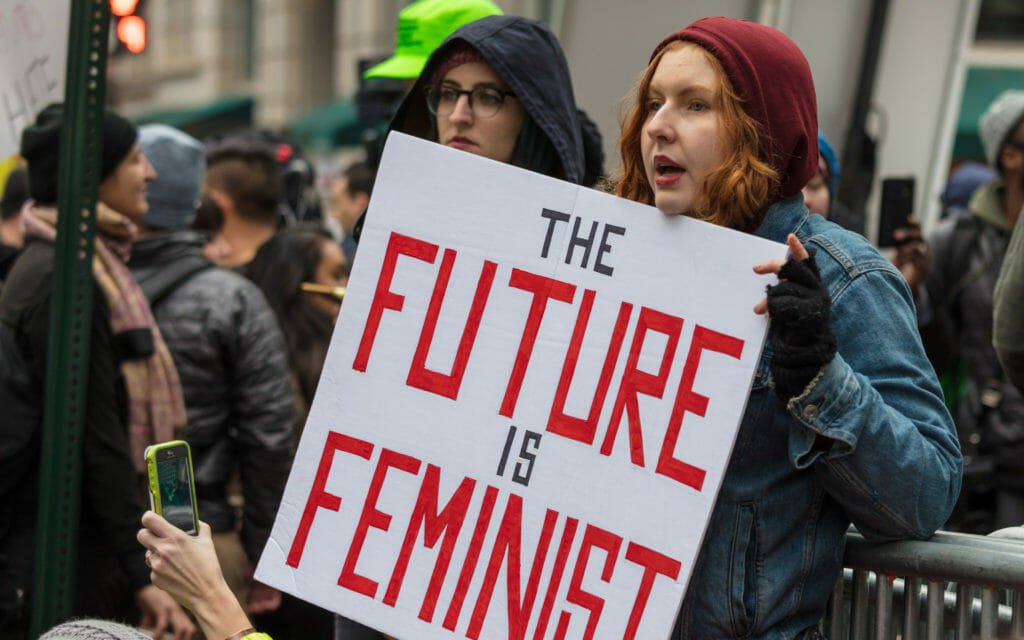The Kitchen Table Series: A Masterpiece of Photography by Carrie Mae Weems
The Kitchen Table Series, created in 1990 by renowned photographer Carrie Mae Weems, is a powerful and thought-provoking collection of photographs that explore the complexities of identity, race, and gender within the context of domesticity. This series has become one of Weems' most well-known and influential works, earning her critical acclaim and solidifying her place as a prominent figure in contemporary art. Let's delve deeper into this iconic series and discover what makes it so impactful and relevant even today.
1990: A Pivotal Year for Carrie Mae Weems
The year 1990 marked a pivotal point in Weems' career. It was the year she created The Kitchen Table Series, which would go on to become her defining work. It was also the year she received her first solo exhibition at the Studio Museum in Harlem, propelling her to the forefront of the art scene. The Kitchen Table Series was a significant turning point for Weems, both personally and professionally, and it continues to be a cornerstone of her body of work.
The Art of Photography: A Powerful Medium for Social Commentary
In The Kitchen Table Series, Weems uses the medium of photography to challenge societal norms and shed light on pressing social issues. She skillfully captures intimate moments within the domestic setting, presenting a nuanced and layered commentary on race, gender, and domesticity. Weems' photographs are not only aesthetically pleasing but also carry a powerful message, making them a prime example of the potential of photography as a medium for social commentary.
Empowering Black Women: A Central Theme in The Kitchen Table Series
As a black woman herself, Weems' work often centers on empowering and giving a voice to black women. In The Kitchen Table Series, she uses her own experiences and those of the women around her to explore the complexities of black womanhood. Through her photographs, Weems challenges the traditional stereotypes and representations of black women, giving them agency and control over their own narratives.
Feminism and Domesticity: A Stirring Combination
The Kitchen Table Series also delves into the theme of feminism, particularly within the context of domesticity. Weems' photographs capture the everyday moments and interactions within the household, but they also reveal the larger societal expectations and pressures placed on women. By showcasing the mundane tasks and emotional labor typically associated with women, Weems brings attention to the societal constructs that limit and restrict women's roles and identities.
Race, Gender, and Identity: Interconnected Themes in The Kitchen Table Series
Through her photographs, Weems skillfully weaves together the themes of race, gender, and identity, showing how they are all interconnected and influence one another. She challenges the traditional notions of race and gender by showcasing the complexity and fluidity of identity. Weems' work speaks to the experiences of marginalized communities and highlights the importance of acknowledging and embracing the diverse identities that exist within society.
The Impact of The Kitchen Table Series: A Lasting Legacy
The Kitchen Table Series has been exhibited in numerous galleries and museums around the world, solidifying its place as a timeless and impactful work of art. It has inspired countless artists and continues to spark important conversations about race, gender, and identity. Weems' photographs have the power to evoke emotion, provoke thought, and incite change, making The Kitchen Table Series a lasting legacy that will continue to influence and inspire for years to come.
In Conclusion
The Kitchen Table Series, created in 1990 by Carrie Mae Weems, is a masterpiece of photography that explores the complexities of identity, race, and gender within the context of domesticity. Weems' powerful and thought-provoking photographs challenge societal norms and shed light on pressing social issues. This iconic series continues to be relevant and influential, solidifying Weems' place as a prominent figure in contemporary art.
The Kitchen Table Series 1990: A Symbol of Home Design

Exploring the Connection Between Art and Home Design
 When we think of home design, we often think of furniture, color schemes, and décor. But what if we told you that an iconic piece of artwork could also be a symbol of home design? The Kitchen Table Series, created by renowned artist Carrie Mae Weems in 1990, is a thought-provoking and visually stunning series that delves into the complex intersections of race, gender, and domesticity. It not only challenges societal norms and stereotypes, but also offers a unique perspective on the concept of home and its design.
The Power of Representation in Art and Design
Weems' Kitchen Table Series consists of 20 photographs that capture the intimate moments of a black woman at her kitchen table. Each photo is accompanied by a short text, providing insight into the woman's thoughts and experiences. This powerful series challenges the lack of representation of black women in art and design, and highlights the importance of diversity and inclusivity in all aspects of our lives, including the design of our homes.
The Symbolism of the Kitchen Table
The kitchen table is a central piece of furniture in any home. It is where meals are shared, conversations are had, and memories are made. In the Kitchen Table Series, Weems uses this everyday object to symbolize the complexities of home and domestic life. It represents a space where societal expectations, cultural norms, and personal experiences intersect. By incorporating this symbol into her artwork, Weems brings attention to the often-overlooked design elements of our homes and the significance they hold.
Bringing Art into Home Design
The Kitchen Table Series serves as a reminder that art and design are deeply intertwined. Weems' photographs are not just aesthetically pleasing, but also offer a critical commentary on our society and the spaces we inhabit. As we continue to strive for more inclusive and diverse home designs, we must also consider the impact of art and how it can enhance and elevate our living spaces.
When we think of home design, we often think of furniture, color schemes, and décor. But what if we told you that an iconic piece of artwork could also be a symbol of home design? The Kitchen Table Series, created by renowned artist Carrie Mae Weems in 1990, is a thought-provoking and visually stunning series that delves into the complex intersections of race, gender, and domesticity. It not only challenges societal norms and stereotypes, but also offers a unique perspective on the concept of home and its design.
The Power of Representation in Art and Design
Weems' Kitchen Table Series consists of 20 photographs that capture the intimate moments of a black woman at her kitchen table. Each photo is accompanied by a short text, providing insight into the woman's thoughts and experiences. This powerful series challenges the lack of representation of black women in art and design, and highlights the importance of diversity and inclusivity in all aspects of our lives, including the design of our homes.
The Symbolism of the Kitchen Table
The kitchen table is a central piece of furniture in any home. It is where meals are shared, conversations are had, and memories are made. In the Kitchen Table Series, Weems uses this everyday object to symbolize the complexities of home and domestic life. It represents a space where societal expectations, cultural norms, and personal experiences intersect. By incorporating this symbol into her artwork, Weems brings attention to the often-overlooked design elements of our homes and the significance they hold.
Bringing Art into Home Design
The Kitchen Table Series serves as a reminder that art and design are deeply intertwined. Weems' photographs are not just aesthetically pleasing, but also offer a critical commentary on our society and the spaces we inhabit. As we continue to strive for more inclusive and diverse home designs, we must also consider the impact of art and how it can enhance and elevate our living spaces.
Unleashing Creativity in Home Design
 Incorporating art into home design allows for endless possibilities and creativity. It can inspire us to think outside the box and add unique elements to our homes. The Kitchen Table Series challenges us to not only think about the physical aspects of our homes, but also the deeper meanings and symbolism behind them. By embracing art and its ability to evoke emotions and spark conversation, we can create homes that are not only visually appealing, but also thought-provoking and meaningful.
Incorporating art into home design allows for endless possibilities and creativity. It can inspire us to think outside the box and add unique elements to our homes. The Kitchen Table Series challenges us to not only think about the physical aspects of our homes, but also the deeper meanings and symbolism behind them. By embracing art and its ability to evoke emotions and spark conversation, we can create homes that are not only visually appealing, but also thought-provoking and meaningful.









































































:max_bytes(150000):strip_icc()/GettyImages-645027246-00594cac9ae142009399f9feea7abe32.jpg)
/GettyImages-466972879-c5921c6e24804f9ab4d1cea79f8f32dc.jpg)
















